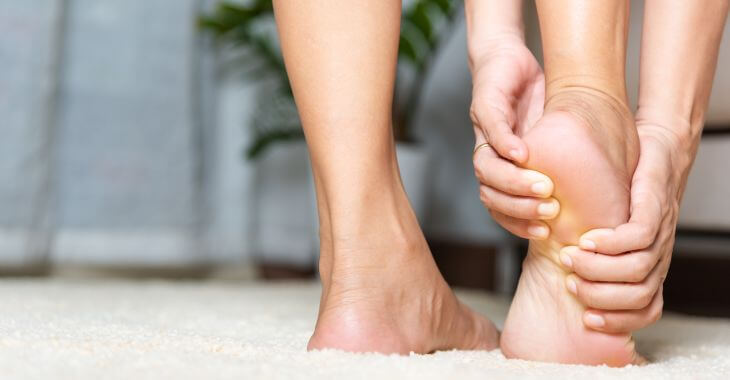Is Physical Therapy Effective in Treating Balance Disorders?
Balance and dizziness disorders are a common problem among adults. While some of these symptoms can be caused by an inner ear disorder, they are more often caused by other issues in a person’s sensory systems. It’s not always possible to eliminate the cause of symptoms of dizziness or loss of balance, but physical therapy can present a solution for many patients suffering from these issues.
How Physical Therapy Can Improve Balance Disorders
For those suffering from a balance or dizziness disorder, everyday life can be challenging. Conditions such as vertigo or BPPV can impair spatial judgment, motor skills and balance. One option for treating these types of disorders is physical therapy.
Physical therapy is used to help patients coping with balance and dizziness disorders overcome these symptoms through a targeted plan created by specially trained therapists. These specialists can evaluate each individual patient to understand their unique challenges and create a therapy plan which will address their symptoms.
Treatment of balance disorders through physical therapy can involve a variety of exercises designed to train the brain and muscles to respond differently to certain movements. These exercises can help the patient to overcome and manage their symptoms, allowing them to enjoy a higher quality of life. For many patients, this therapy can successfully give them back their independence and a chance to enjoy many of the activities they once loved.
If you or a loved one have suffered from a balance or dizziness disorder, consider the benefits of physical therapy. It may offer a natural solution to treating the symptoms and managing the condition. Talk to your local physical therapy specialist who offers treatment for balance and dizziness disorders to find out if it is the right option for you.
Posted on behalf of:
Sovereign Rehabilitation
5555 Peachtree Dunwoody Road Northeast #225
Atlanta, GA 30342
(404) 835-3340
The information provided on this website, including text, graphics, images, and other materials, is intended solely for informational purposes and should not be used as a substitute for professional medical advice, diagnosis, or treatment.

)